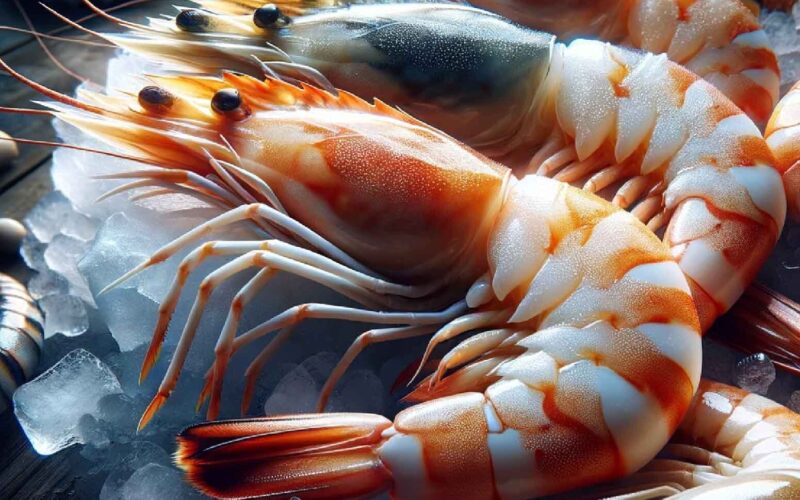What are Chagaras? Chagaras, often known as fascinating creatures of nature, are an intriguing subject of study due to their unique characteristics and behaviors. They have captured the curiosity of both scientists and enthusiasts alike. Understanding chagaras is essential not just for the sake of knowledge but also for conservation efforts.
Historical Background
Origins and History of Chagaras
The term “chagaras” might not be widely recognized, but it refers to a group of species that have been part of our planet’s biodiversity for centuries. Historical records and fossil findings suggest that have existed since ancient times, adapting to various environmental changes.
Cultural Significance
In many cultures, hold a special place. They are often featured in folklore and are sometimes seen as symbols of resilience and adaptability. The cultural narratives around chagaras highlight their perceived importance in the natural world.
Characteristics of Chagaras
Physical Appearance
come in various shapes and sizes, often characterized by their distinctive exoskeletons and segmented bodies. Their appearance can vary greatly depending on the species, but they generally have elongated bodies and a hard, protective outer layer.
Behavioral Traits
Behaviorally, are known for their nocturnal activity and their unique way of interacting with their environment. They are often solitary creatures but can also exhibit social behaviors during certain life stages or environmental conditions.
Habitat and Distribution
Natural Habitat
are typically found in diverse habitats ranging from tropical rainforests to arid deserts. They prefer environments that provide ample cover and food sources, such as dense foliage or underground burrows.
Geographical Range
The geographical range of is quite extensive. They can be found on almost every continent, with the highest concentrations in regions with warm climates. Their adaptability has allowed them to thrive in various ecosystems around the world.
Life Cycle of Chagaras
Reproduction
The reproductive cycle of involves complex mating rituals and the laying of eggs. Females often deposit their eggs in secluded areas to protect them from predators and environmental hazards.
Growth Stages
From egg to adult, undergo several stages of development. These include the larval stage, where they are most vulnerable, and the pupal stage, where they undergo metamorphosis into their adult form.

Diet and Feeding Habits
Primary Food Sources
are omnivorous, with diets that include a variety of plant material, small insects, and organic matter. Their feeding habits play a crucial role in nutrient cycling within their ecosystems.
Feeding Behavior
Feeding behaviors of can be quite fascinating. They use their strong mandibles to break down tough plant material and prey. Some species are even known to exhibit cannibalistic tendencies under certain conditions.
Chagaras in the Ecosystem
Role in the Food Chain
occupy an essential niche in the food chain. They are both predators and prey, contributing to the balance of their ecosystems by controlling insect populations and serving as food for larger animals.
Environmental Impact
The activities of , such as burrowing and feeding, significantly impact soil health and plant growth. They help in aerating the soil and decomposing organic matter, which enhances nutrient availability for other plants.
Human Interactions with Chagaras
Positive Interactions
Humans benefit from in numerous ways, including their role in pest control and soil health. Some cultures also use them in traditional medicine or as a food source.
Negative Interactions
However, not all interactions are positive. can become pests themselves, damaging crops and property. Their presence in homes and buildings can also be a nuisance.
Conservation Status
Threats to Chagaras
Chagaras face several threats, including habitat destruction, pollution, and climate change. Human activities such as deforestation and urbanization significantly reduce their natural habitats.
Conservation Efforts
Various conservation efforts are underway to protect including habitat preservation and restoration projects. Research into their behavior and ecology also aids in developing effective conservation strategies.
Chagaras in Popular Culture
Representation in Media
have made their way into popular culture, appearing in movies, books, and even video games. They are often depicted as mysterious and resilient creatures, capturing the imagination of audiences.
Symbolic Meanings
Symbolically, are often associated with transformation and survival, reflecting their ability to adapt and thrive in diverse environments.
Research and Studies
Scientific Studies on Chagaras
Numerous scientific studies focus on exploring their biology, ecology, and behavior. These studies provide valuable insights into their role in the ecosystem and their interactions with other species.
Findings and Insights
Research has revealed interesting aspects of , such as their complex social structures and advanced survival strategies. These findings help in understanding the broader ecological impacts of these creatures.
Chagaras and Climate Change
Impact of Climate Change
Climate change poses a significant threat to , affecting their habitats and food sources. Rising temperatures and changing precipitation patterns can lead to habitat loss and reduced survival rates.
Adaptation Strategies
Despite these challenges, chagaras exhibit remarkable adaptability. They can alter their behaviors and physiological processes to cope with changing environmental conditions, although their long-term survival remains uncertain.
How to Observe Chagaras
Best Practices for Observation
Observing chagaras in their natural habitat requires patience and respect for their environment. It’s best to use non-intrusive methods such as night-vision equipment and maintain a safe distance to avoid disturbing them.
Tools and Techniques
Using tools like cameras with macro lenses and environmental sensors can enhance the observation experience. These tools help capture detailed images and data on their behavior and interactions.
Myths and Misconceptions
Common Myths
There are many myths surrounding chagaras, such as the belief that they are universally harmful or that they possess supernatural abilities. These myths often arise from a lack of understanding.
Facts vs. Fiction
In reality, chagaras are complex and beneficial creatures. Dispelling myths with factual information helps in fostering a better appreciation for their role in the ecosystem.
Conclusion
In conclusion, chagaras are fascinating creatures with unique characteristics and significant ecological roles. Understanding them better can help in their conservation and highlight their importance in maintaining environmental balance. As we learn more about these intriguing animals, it’s crucial to support efforts to protect them and their habitats.
FAQs
- What are the unique features of Chagaras? Chagaras are known for their distinctive exoskeletons and segmented bodies, as well as their nocturnal behaviors and adaptability to various environments.
- How can I help in the conservation of Chagaras? You can support conservation efforts by advocating for habitat preservation, reducing pollution, and participating in or donating to organizations focused on wildlife conservation.
- Are Chagaras dangerous to humans? Generally, chagaras are not dangerous to humans. While some species can become pests, they do not pose a significant threat to human health.
- What do Chagaras eat? Chagaras are omnivorous, feeding on a variety of plant material, small insects, and organic matter. Their diet helps in nutrient cycling within their ecosystems.
- Where can I find Chagaras in the wild? Chagaras can be found in diverse habitats around the world, particularly in regions with warm climates. They prefer environments with ample cover and food sources, such as forests and underground burrows.




